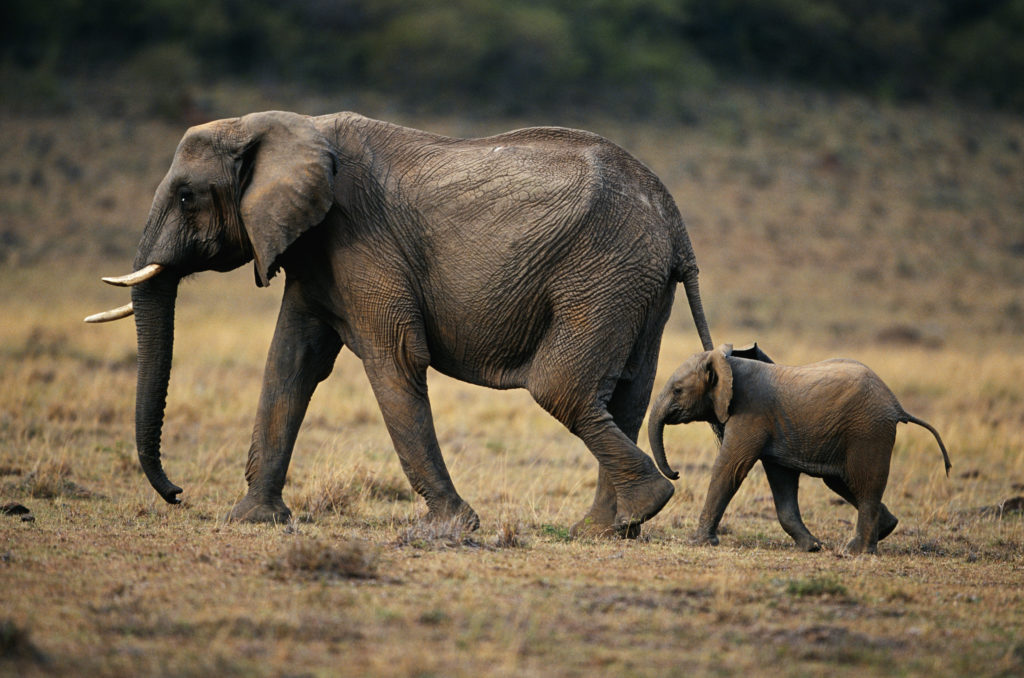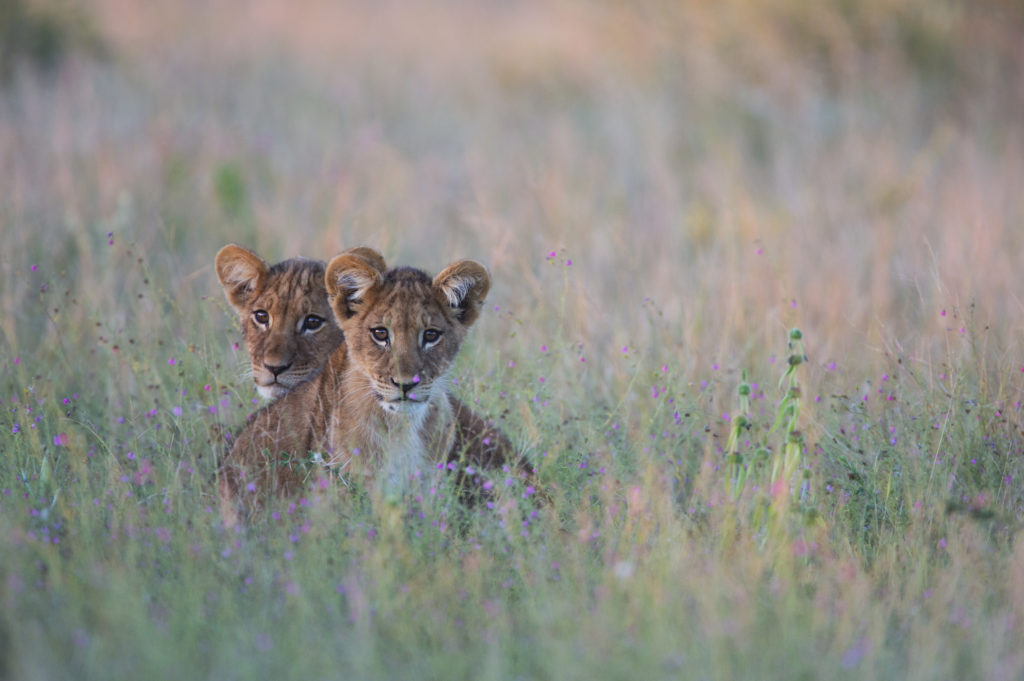WILDLIFE population around the world has experienced a frightening drop in numbers, according to a new report.
It's estimated that in less than 50 years, general animal population around the globe has fallen by 68% on average.
The 2020 Living Planet Report, published by The Living Planet Index, attributes this mostly to human activity.
In tropical regions, wildlife populations has fallen a jaw-dropping 94% since 1970.
"It's staggering. It is ultimately an indicator of our impact on the natural world," said Marco Lambertini, director-general of WWF International, who collaborated on the report.

Experts have warned that unless immediate action is taken, environmental catastrophe will soon be unavoidable.
The Living Planet Index tracks over 4,000 species of vertebrates, and has identified increasing deforestation and agricultural expansion as key factors leading to the decline of the Earth's wildlife population.
The index also warned that further destruction of animal habitat only increases the chance of another pandemic in the future.
In the report, it's claimed that human activity has degraded 75% of the Earth's lands and 40% of the oceans.

Mr Lambertini gave a stark warning following the report's publication:
"It's an accelerating decrease that we've been monitoring for 30 years and it continues to go in the wrong direction," he said.
"In 2016 we documented a 60% decline, now we have a 70% decline. All this in a blink of an eye compared to the millions of years that many species have been living on the planet."

It's understood that the most significant impact on animal population is the loss of habitat, due to things like farming, deforestation, land conversion and urban expansion.
This growth not only destroys habitat, but also requires unsustainable levels of resources to maintain, which only adds to the destruction.
It's estimated that 33% of all land mass and 75% of all freshwater are dedicated to the production of food.

